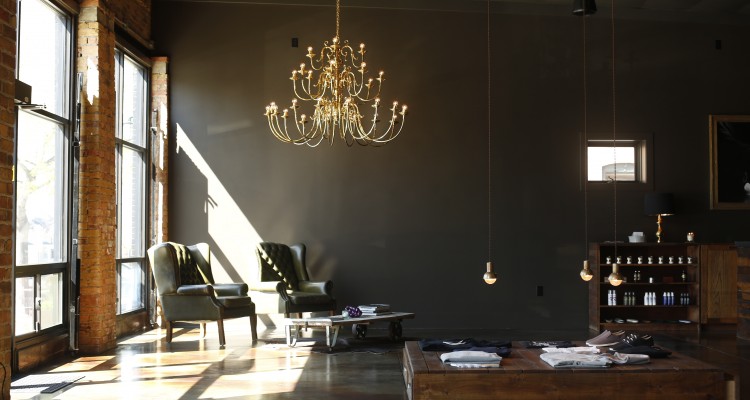In the middle of Salt Lake City, at the intersection of 900 south & 900 east, known as 9th & 9th, there are transformed people that are transforming the neighborhood through the cultivation of vibrant art, locally owned shops, and a downtown urban landscape that co-exists with a quaint charm of historic homes.
Who are the people who have come here to transform this once very ordinary crossroad into the scene it is today? They are those that follow indie bands and camp out at Occupy movements. They work as programmers and shop clerks, baristas and bartenders. They are gamers, artists, and volunteers, savvy entrepreneurs and out-of-work basement dwellers.
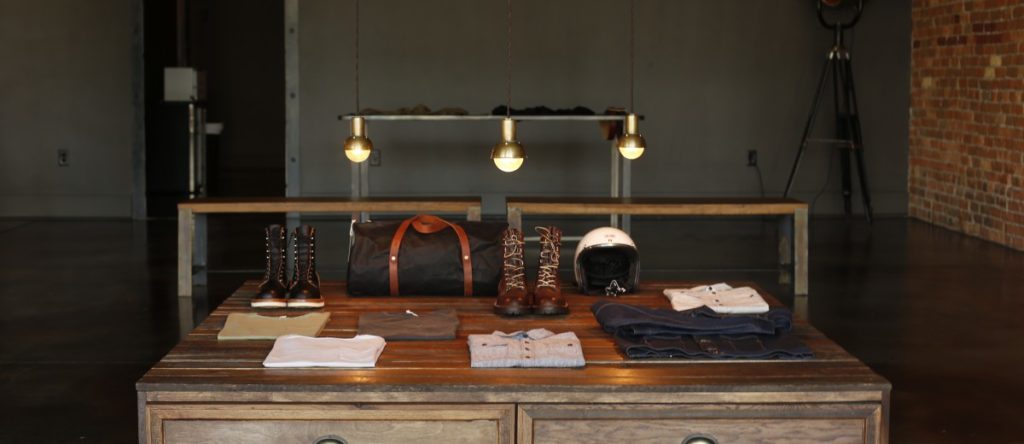
In case you haven’t had a chance to notice, they are hipsters — and those who cater to them — and they are everywhere. And that really galls some of the original hipsters.
“Hipster culture is omnipresent,” says Peter Furia, a founder of one of the nearby shops. “It dominates fashion, music and lifestyle. It crosses borders of ethnicity, socio-economic status and sexual preference — something that we haven’t seen since the boom of hip-hop culture.”
You might think that as hipsterism ripples out, in concentric (and eccentric) circles farther and farther from its big-city epicenters, the ultra-coolitude would lose its authenticity, Furia says, “but the opposite may be true. Cities are known for setting trends; hipsterism is about anti-trends. It sounds funny, but hipsters in Salt Lake may actually be cooler than hipsters in New York City — everyone knows about New York City.”
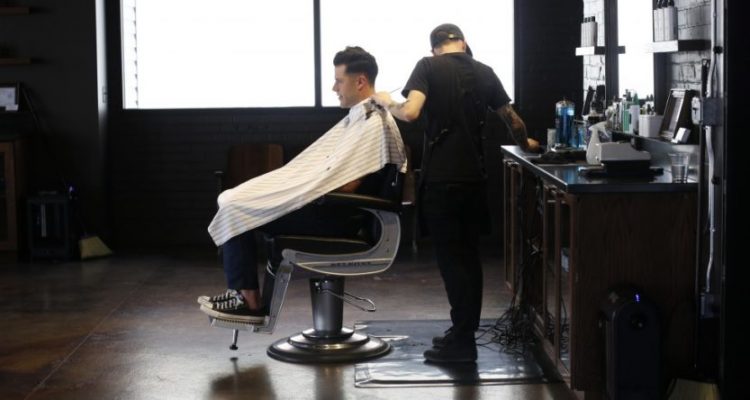
The 9th & 9th District features shops like Zuriick, who sells shoes that “are made from a lifetime of memories and experiences.” They are conceived and designed by Michael McCaleb, a quiet guy with an eye for style and, lucky for some, an entrepreneurial spirit; Hobnob, an eclectic collection of vintage home decor and novelties for the home and garden; Pago– a restaurant that takes locally grown produce, meats and cheeses are hand selected by the proprietor/chef to become part of the constantly changing menu; the historic Tower Theater.
American society, Furia says, often thinks of hipsters as “posers who appropriate an image of cool individuality but lack authenticity, but we think there may be real substance beneath it all.”
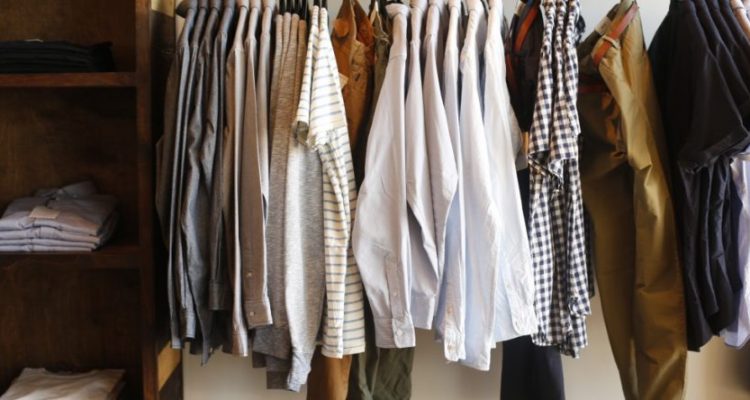
He points to social waves such as urban farming, the Do It Yourself initiatives and the Occupy movement. “There are lots of hipsters in all of these movements,” he says, “who are authentic in their passions.”
If the term hipster bothers some of the longtime residents, the changes made to this community in the past decade sure don’t. From so-op gardening, farm food to table and near-by Farmers’ Markets, vast improvements to the community have increased the quality of living and the soaring value of moving into this now prestigious neighborhood.
To many the American hipster represents more than ironic graphic T’s and gourmet grilled cheese sandwiches. “I like to believe there’s something smarter lurking within our romance with hip … an idea of enlightenment and awareness,” says John Leland, a New York Times reporter and author of the 2004 book Hip: The History.
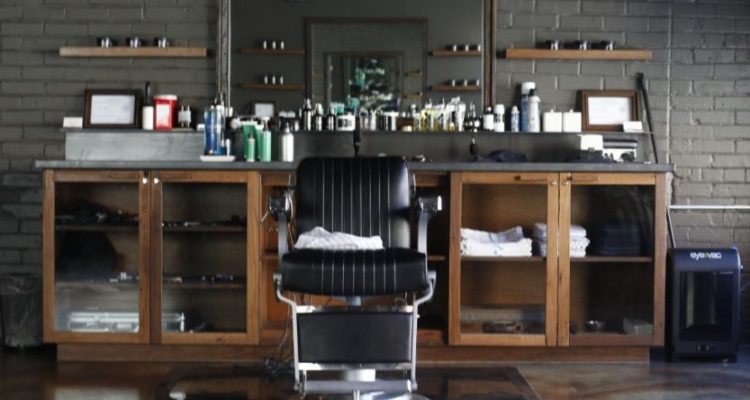
America does have a long love affair with being hip — not only up to date and au courant, but ahead of the curve. The Urban Dictionary defines hipsters as “a subculture of men and women typically in their 20s and 30s who value independent thinking, counter-culture, progressive politics, an appreciation of art and indie-rock, creativity, intelligence, and witty banter.”

